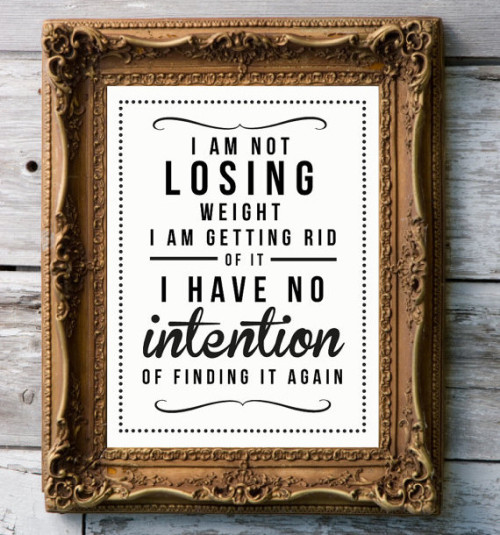
http://36.media.tumblr.com/9a2fa0cfad540b80252c76cbb36c46fd/tumblr_nk5tkpVjJf1unp1u4o1_500.jpg
#WeightLoss

http://36.media.tumblr.com/9a2fa0cfad540b80252c76cbb36c46fd/tumblr_nk5tkpVjJf1unp1u4o1_500.jpg
#WeightLoss

http://s-media-cache-ak0.pinimg.com/736x/7d/2c/52/7d2c521dc5e87b76771572394ed4c51d.jpg

http://s-media-cache-ak0.pinimg.com/736x/67/fd/5a/67fd5a3c6daa562ef773bf4c39c66d79.jpg

http://s-media-cache-ak0.pinimg.com/736x/6f/21/fb/6f21fb49075ff09ca75f8a5ce0fe7872.jpg

http://s-media-cache-ak0.pinimg.com/736x/fd/3d/89/fd3d89b48b5b57ce7b7bd86a72ac1ca6.jpg

http://s-media-cache-ak0.pinimg.com/736x/89/89/13/898913148c66e36fd97bc2d6bf331b3e.jpg

http://s-media-cache-ak0.pinimg.com/736x/5a/c0/14/5ac014c8ec1fed2a54434b1c17222352.jpg

http://s-media-cache-ak0.pinimg.com/736x/66/aa/31/66aa31ff3c1388c333fa391948bddb13.jpg

http://s-media-cache-ak0.pinimg.com/736x/eb/6a/6f/eb6a6fdae8c9878a60b9ee8967e64961.jpg

http://s-media-cache-ak0.pinimg.com/736x/ad/2b/12/ad2b12bba16d8b9d5e729fdff21e37ec.jpg
We’ve all experienced it at one time or another– a precipitous lack of motivation to work out. In this quick guide 15 top trainers, strength coaches and fitness superhumans stop by to share their best strategies for staying motivated to exercise.
Whatever your goals are in the gym you full well know the struggle: it’s minutes to go until you are supposed to hit the gym, and you feel any and all workout motivation plunging through the floor.
While every person’s level of ambition in what we want to achieve in the gym varies, we all experience the same difficulty in getting things going so that we get through the doors of the gym. We look at our fit friends on social media and their incessant #fitlife hash-tagging and gym selfies and wanna punch em, if only because they are at the gym and here we are, sitting on the couch wondering if crushing two bags of Doritos in one day is next level shame.
Luckily, today we got some serious back-up for you. 15 of the top trainers, strength coaches and fitness professionals stopped by to share their favorite tips and strategies for unleashing a bottomless pit of motivation to crush your workout routine.
Social media can be a real son of a bee sting. Sure, it helps us stay in touch with friends and family, but it also shows us the endless trove of workout pictures from our gym addict friends, which tend to make us feel even worse about ourselves. And so we try to do what they do.
First mistake, bucko. Odds are you already know what works best for you.
“I think the most important part about motivating clients is to let them lead the conversation,” says Kelly Gibson, CPT, of Kelly Athletics.
“They know what works best for them, they just need someone to hear that they understand and support their beliefs. Once there is a mutual understanding, it is a good time to introduce clients to ideas of what foods and exercises might help them on their path.”
Remember: we all respond differently according to interests, exercise history, and everything else that goes into making us a special little snowflake. Embrace your individuality and stick with what you know that works instead of trying to emulate what someone else is doing.
Much of the time we are motivated by fear. We don’t want to lose our health, our youth, our strength. And so we become very loss-averse instead of focusing on trying to achieve things.
Scott Abel, physique transformation specialist and weight-loss expert who has four decades of experience working with bodybuilders, pro athletes and figure competitors, emphasizes encouraging clients and athletes to pursue goals instead of trying to avoid the things they don’t want to have happen.
“The rationale is simple,” says Scott. “What you focus on, expands. So if you are always focusing on what you don’t want, you just manifest more of it that very thing.”
Instead of getting stressed out over negative goals, set yourself some positive targets and goals to dish out punishment on when you step into the gym and drop the hammer on your workout routine.
Like it or not, we are products of our environment. The friends we surround ourselves with end up influencing our actions and behaviors often far more than we are willing to give them credit for. This can be an awesome thing, or you know, be the other way around.
Dr. Joel Seedman, CSCS, ACSM, FMS, of Advanced Human Performance echoes this sentiment when it comes to choosing your coach or trainer.
“There’s nothing that stifles motivation more than a trainer who doesn’t care and lacks passion as this has a tendency to rub off on the client as well,” says Dr. Seedman.
“In contrast enthusiasm from the trainer and coach is very contagious and does wonders for sparking motivation from the client.”
We all have those friends who will tug at your sleeve and whisper, “It’s just one workout, what’s the big deal?” They might be fun to hang out with, but if you are looking to dial up your workouts it might be time to dial down the time you are spending with ‘em.
Seriously, it’s crazy how much certain people in our lives can push in a certain direction.
Build an inner circle that is all positive, all caring, and all awesome. We are products of our environment.
“No one cares how much you know until they know how much you care,” says Mike Boyle, who for the past 30 years has worked with Olympians and pro athletes including players from the Boston Red Sox and Boston Bruins. “(As a trainer) if you want motivated athletes, care about them as people. Know their story, their why.”
Sounds good to me, Mike.
If you are training on your own, make sure that you are constantly setting the bar just a little bit higher. Otherwise, you are inviting burnout and boredom.
Motivation, the white-hot, scorching type, comes from seeing your work pay off. From improvement. From overcoming challenges and limits.
Steve Whiteside, BA Kin, B. Ed, CSCS, NSCA-CPT, knows that the key to keeping his clients pumped up and interested over the long haul “involves an aspect of struggle.”
“It may be as simple as increasing the number of push-ups that can be accomplished in a set, going up in weight on a certain exercise or completing a tough metabolic challenge such as sprints,” says Steve.
“When the client completes the challenge, it becomes a high point in the workout and leaves them feeling hugely successful,” he adds.
“If they don’t, they’ve probably come close enough to keep them motivated to conquer it during the next workout. This ensures that each workout is a memorable and worthwhile experience, and that they are continually striving towards improvement.”